Exposed
The criminal punishment system confines over 2 million people, in overcrowded, unsanitary, and unsafe environments where they cannot practice social distancing or use hand sanitizer and are regularly subjected to medical malpractice and neglect. The first confirmed case of COVID-19 infection among prisoners in the US was reported at the Federal Bureau of Prisons Metropolitan Detention Center in Brooklyn on March 21. The following day, the CDCR confirmed the first case within California’s vast prison system. As facilities across the US went on lockdown, prisoners presenting symptoms of coronavirus were put on ‘quarantine’ in ‘the hole,’ which is solitary confinement – a form of punishment widely regarded as psychological torture.
In 1994, the Supreme Court warned, “having stripped [prisoners] of virtually every means of self-protection and foreclosed their access to outside aid, the government and its officials are not free to let the state of nature take its course.” But our governments and officials have allowed the coronavirus to take its course in prisons, jails, and detention centers, and it has spread like wildfire.
In May 2020, after inmates in Texas argued that their prison conditions during the pandemic amounted to cruel and unusual punishment, Justice Sonia Sotomayor wrote, "It has long been said that a society's worth can be judged by taking stock of its prisons. That is all the truer in this pandemic, where inmates everywhere have been rendered vulnerable and often powerless to protect themselves from harm..."
15th century Venetians invented Quarantine as a protection against the plague. Mid-20th century Americans invented a criminal punishment system, based on the model of quarantine, to protect white privilege and power against advances in civil rights and the end of Jim Crow laws that enforced racial segregation. New reactionary laws that essentially criminalized the lives of poor people and people of color were rapidly enacted, catalyzing a massive increase in the level of incarceration. As a result, prison yards, once reserved for those that society may have had a legitimate reason to fear, have filled to over 100% capacity with people that society finds annoying, fails to educate, and refuses to help. The disproportionately poor, black, or brown ‘offender’ is treated as a pathogen to be isolated and contained. It has nothing to do with justice or public safety, the quarantine of ‘undesirable others’ is the means and the end.
Now, COVID-19, an actual pathogen, both exposes and intensifies the brutality of this quarantine punishment system; the overcrowding, the unsanitary and unsafe environments, medical malpractice and neglect, the abandonment of human life to the pathologies of power… In late April 2020, a prisoner at Marion Correctional Institution in Ohio - which, at that time, was the largest coronavirus hotspot in the US - wrote the following:
The social category of prisoner qualifies one as undeserving of a decent civilized life. Herein lies the cause of the profound spread of the virus throughout the institution: the collective sense of the undeservingness of prisoners. A vaccination would be nice. Proper P.P.E. would help. But the real cure for our woes is an affirmation of the inalienable entitlement to life for people in prisons and jails.
